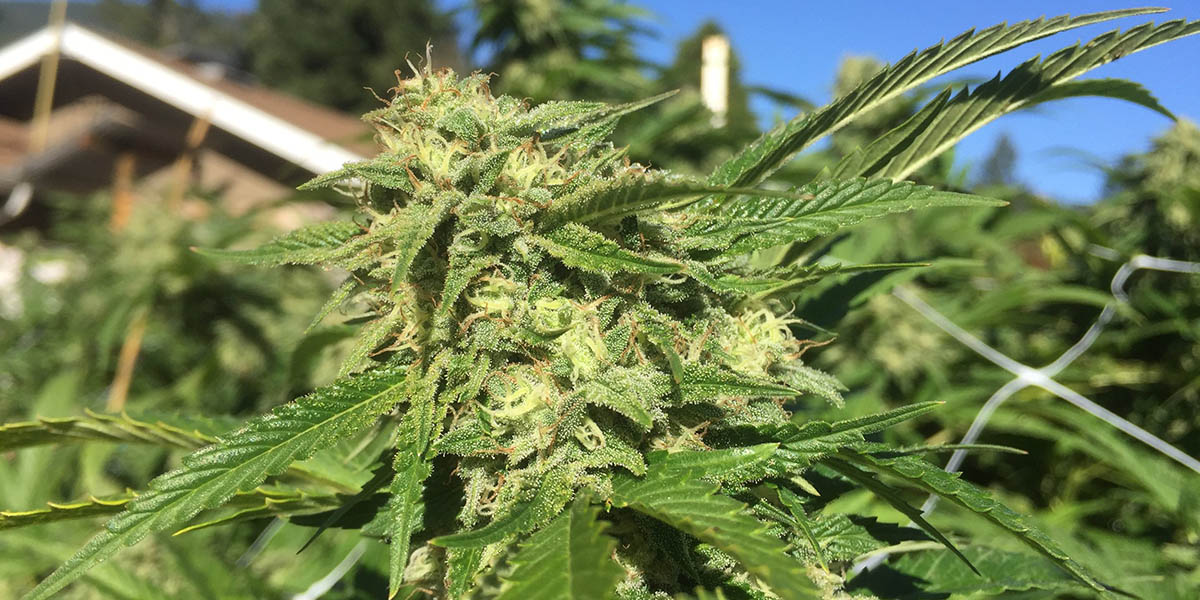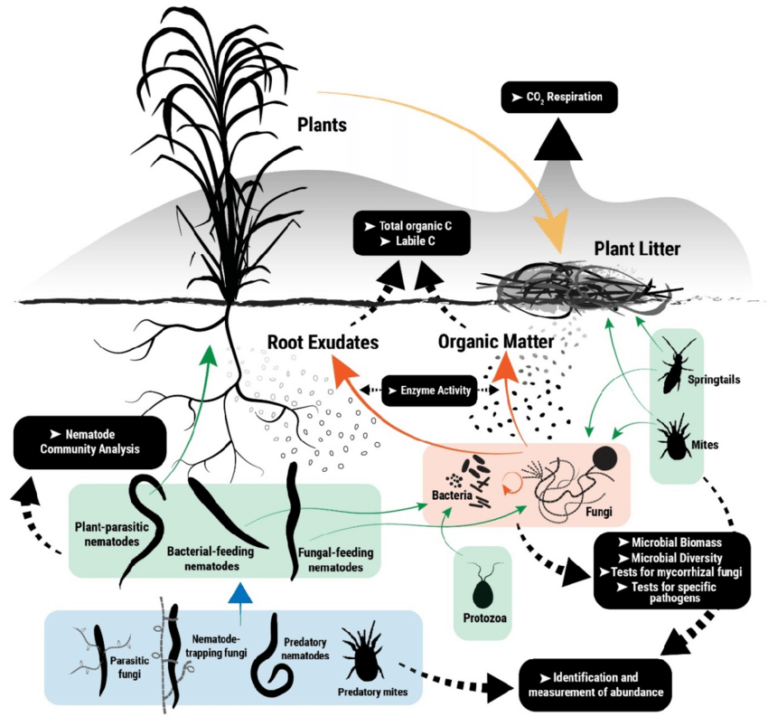Indoor vs Outdoor? The long standing argument among the cannabis connoisseur is always a hotly debated topic. The argument for indoor grown cannabis has always been that it is higher quality and higher THC levels. While this might be true in some regards, the emerging science suggests that sun grown cannabis with optimal soil biology will be able to provide a more full spectrum of its cannabinoid levels. This means more cannabinoids, more terpenes and more full plant medicine for the patient and consumer. For the longest time everyone was just focused on THC levels, and as the headline was designed to wrap you in. Gotchya! But now it’s time to talk about why regenerative cannabis can provide a more full spectrum assay of the cannabinoids AND produce high levels of THC! We’ll take a look at regenerative farms, discuss different aspects of ecological farming and get to the root of it all, literally…
Root Zone Interactions
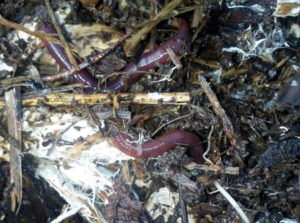
So cannabis produces these secondary metabolites, and the main types we’re interested in are the cannabinoids and terpenoids. These two make up the vast majority the plant medicine component for humans. There are many factors influencing the way cannabis produces these secondary metabolites, but one of the most important is the interaction between the plant’s roots and the soil biology. The rhizosphere (area that influences plants roots) is incredibly complex, and there is actually direct communication going on with the roots and the soil biology! The plants will send sugars (exudates) out through the roots to feed the fungi in the soil, in turn, the fungi will provide them with nutrients locked in the soil. And that is just the tip of the iceberg! The consortium of soil biology, which includes bacteria, fungi, protozoa, nematodes and arthopods, can release all sorts of biochemical components the plants can use like enzymes and hormones. So distilling this down, the more complex your soil biology is, the more access the plant has to the biochemistry in the ground. This then allows it to provide a more full spectrum assay of its secondary metabolites. When combined with sunlight, the plants receive the full spectrum of wavelengths which also helps them metabolize a more complete range of their cannabinoids and terpenoids. It’s a win-win combination.

Ecology
It becomes an even better win-win for the farmer, because ultimately these regenerative methodologies are decreasing long term costs. By using nearby resources, such a deciduous leaf litter, dynamic accumulators, livestock waste and other local farm inputs, cannabis farms are increasing quality and decreasing overhead costs. By increasing soil biology and diversity of nearby plant species, pest and pathogen management maintenance costs are reduced dramatically. Now albeit that maintenance costs go down, there is still a considerable amount of time expenditure that goes into the maintaining these ecosystems! And that’s a cost the consumer should consider worth supporting. The added benefit is knowing your medicine is clean and clear of any chemicals or heavy metals.
Many of these ecological minded farms incorporate different facets of ecological management. Some of these concepts cover biodynamic, organic and regenerative agriculture, korean natural farming, probiotic farming, permaculture, polyculture or even agroecology. While there are subtle differences among them all, regenerative agriculture has been gaining quite a bit of momentum in the cannabis industry. Namely thanks to a dedicated and hardworking group of farms, we are getting an inside look into how these farms operate and why we as consumers should support their efforts.

One beautiful example of these regenerative farms is Green Source Gardens. Their mission statement says it all:
“We grow all from seed, full term outdoor cannabis in polyculture planted perennial hugelkulture berms. We create all our fertility on our farm with our herd of diverse livestock, that we feed all organically from our land and ethically sourced outside inputs. We believe in polyculture and ecological integration as a means to sequester carbon and increase living topsoil on planet earth. It is our responsibility, as humans, to take care of the ecology on planet earth. All of our decisions take into account the well being of our environment.”
This 2018 fall harvest paid off with their Coyote Art cultivar testing in at over 25% THC and a surprisingly HIGH LEVEL of over 1% of CBG. CBG is a less known cannabinoid, that is a powerful vasodilator, nueroprotective and anti-imflammatory.
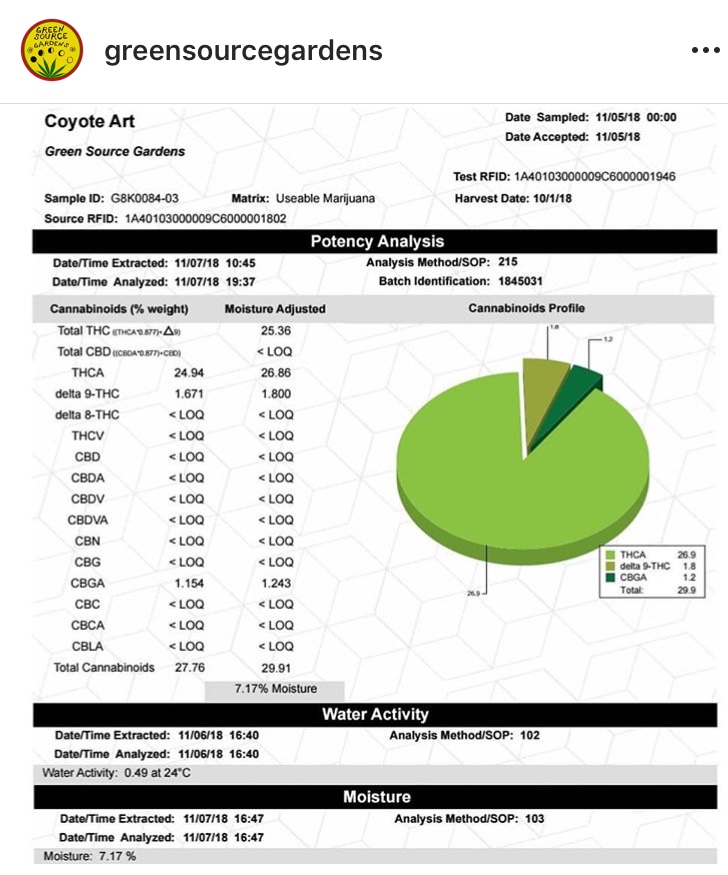
This farm is a reminder to all that commercial enterprise can integrate with ecology. It’s important to remember these levels weren’t achieved overnight. It took multiple years of dedication and passion to achieve this success. Green Source Gardens have accumulated one of the most diverse array of certification of any cannabis farms out there. It shows in their effort to support this industry and they are an example for all. The certifications are:
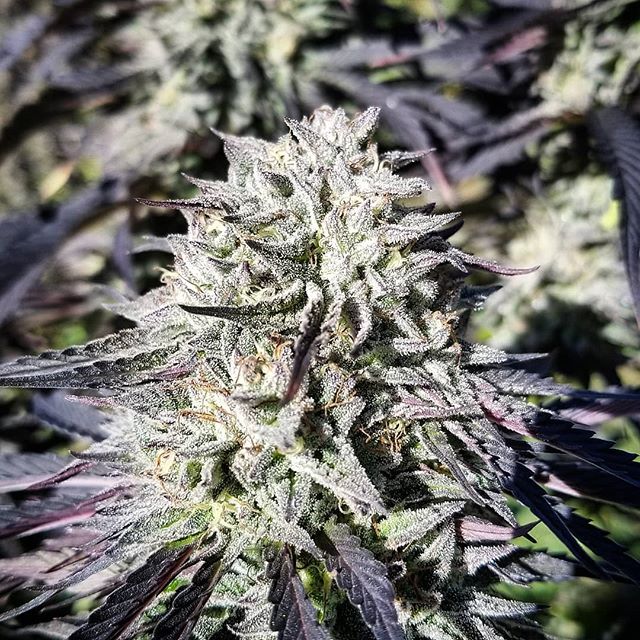
Conclusion
The message behind sun grown regenerative cannabis is clear, it is better, scientifically speaking, because it contains a more complete spectrum of terpenes and cannabinoids. The difference is obvious once you start looking for it, you can feel it in the medicine when it is consumed. The flavors and aromas reflects the complex life systems of a diverse ecosystem.
When home gardeners choose these management practices, they are choosing to align with the principles of ecology and to be denizens of a holistic paradigm that promotes health on earth. Those consumers who support these commercial farms, by VOTING WITH THEIR WALLETS, are supporting the entire craft cannabis industry.
The science is speaking, and it’s showing us that to reduce costs and increase quality, regenerative farming practices are a portal into a closed loop system which provides us with high-grade healthy medicine and an earth with a healthy biosphere. So vote with your dollar and support these farms so they can be the beacons of light for the future for the cannabis industry and our earth.
By: Russell Pace – President of the Cannabis Horticultural Association


